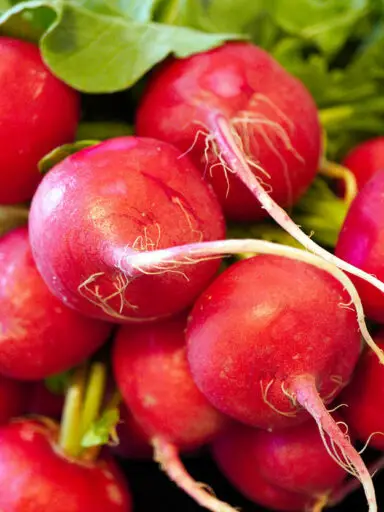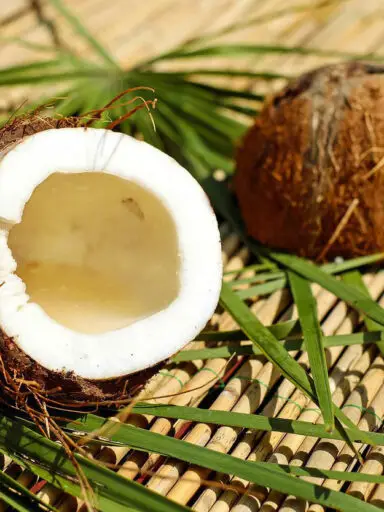The Orange fruit is also known as sweet orange is one of the fruits from the citrus family. Others are bitter orange, also known as Seville orange, sour orange, bigarade orange, or marmalade orange.
Then there is the Bergamot orange, grown mainly in Italy for its peel for essence for perfumes. Next, we have the Trifoliate orange and the Mandarin orange which are the original species of citrus fruits.
Other citrus fruits include lemon, tangerine, grapefruit, and pomelo among others.
It is a sweet and slightly acidic juicy fruit as well. It is related to grapefruit, lemon, lime, tangerine, and others. The plant grows to a tree that is about five to eight meters tall and is generally an evergreen tropical or subtropical plant.
The fruit is usually round in shape and reaches about three inches in diameter and weighs about 100 to 150 grams. The fruit is a type of berry with a leathery skin or rind which contains aromatic oils.
Fruit from the store should be bought firm in texture but should be slightly soft enough to press. The color should be bright and have a sheen to it. Wrinkled skin is a sign that the fruit is not fresh. Fruits that have stayed tend to be soft and easily grow mold on them.
They can keep well for several days at a cool and dry place where they should be stored. In a refrigerator, they can keep far longer. The extracted juice should be stored in a refrigerator as it spoils if not stored properly.
Culinary Uses of Orange Fruit
Oranges should generally be washed under running water to remove dirt and pesticide residue. They can be eaten by simply peeling off the skin by starting by removing it with the thumb or fingernail. The skin should separate from the juicy pulp easily. The entire pulp is edible with the seeds usually being discarded.
If at the convenience of your kitchen you can use a knife to cut the unpeeled orange into quarters and then have access to the inside pulp.
Juice may also be prepared by cutting the fruit into halves and quarters and giving it a squeeze to extract it. You can also use a manual juicer to get the juice out.
The outer part of the skin can be extracted for its oil and flavor using a zester. The extract known as zest is used in culinary arts to impart flavor to dishes.
The fruit can be eaten as is or used in food preparation. It can be eaten as part of a vegetable or fruit salad. It can be used to make juice or other drinks and sauces especially those used for desserts. it can be used in the preparation of jelly, jam, and marmalade.
The methods of preparation depend on the method described in the respective recipe.
Nutritional Benefits
Oranges are low in calories and contain no cholesterol. They contain just 49 calories per 100 grams. They are also rich in antioxidants, dietary fiber, pectin, vitamins, and minerals. It is rich in B complex vitamins such as folates, pantothenic acid, pyridoxine, and thiamin.
The fruit is rich in vitamin C and has decent amounts of vitamin A. It also has good amounts of calcium and copper.




